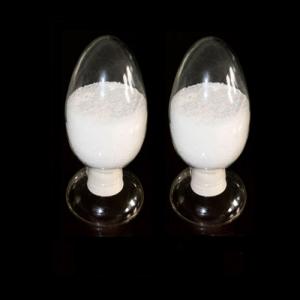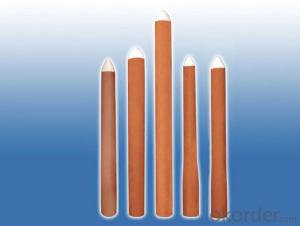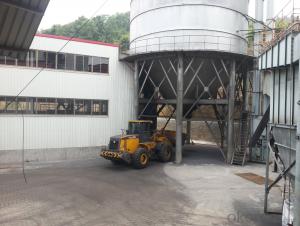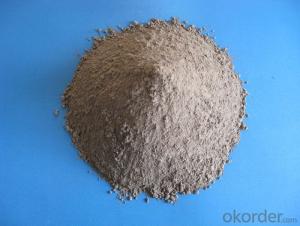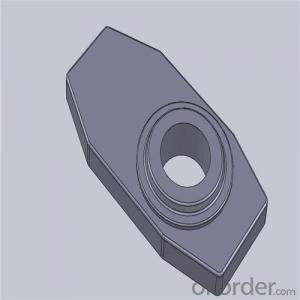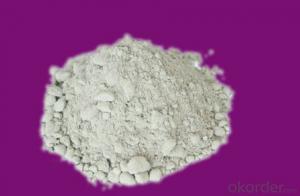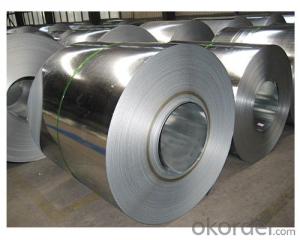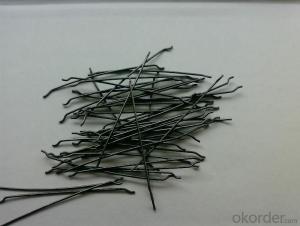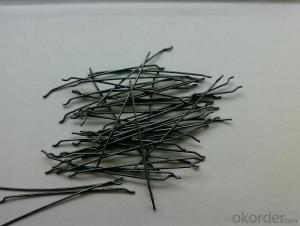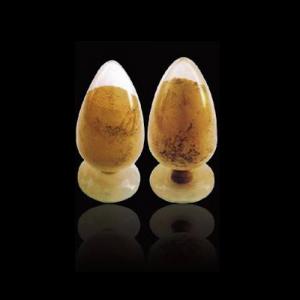All Categories
- - Steel Wire Rod
- - Steel Coils
- - Steel Profiles
- - Steel Pipes
- - Stainless Steel
- - Tinplate
- - Special Steel
- - Steel Sheets
- - Steel Rebars
- - Steel Strips
- - Hot Rolled Steel
- - Cold Rolled Steel
- - Pre-painted Steel
- - Seamless Steel Pipe
- - Welded Steel Pipe
- - Hollow Steel Tubes
- - Galvanized Pipe
- - Stainless Steel Coil
- - Stainless Steel Sheet
- - Stainless Steel Plate
- - Stainless Steel Strips
- - Electrolytic Tinplate Coil
- - Electrolytic Tinplate Sheet
- - Stainless Steel Rebars
- - Solar Panels
- - Solar Water Heater
- - Solar Related Products
- - Solar Inverter
- - Solar Cells
- - Solar Light
- - Solar Energy Systems
- - Solar Controllers
- - Solar Mounting System
- - Solar Pump
- - Solar Chargers
- - Fiberglass Chopped Strand
- - Fiberglass Mesh Cloth
- - Composite Pipes
- - FRP Pultrusion Profiles
- - Fiberglass Mat Tissue
- - Fiberglass Fabrics
- - Fiberglass Mesh
- - Composite Tank
- - Fiberglass Mesh tape
- - Polymer
- - FRP Roofing Panel
- - Fiberglass Roving
- - Monolithic Refractories
- - Ceramic Fiber Products
- - Refractory Bricks
- - Raw Materials For Refractory
- - Suspended Platform
- - Cranes
- - Concrete Machinery
- - Earthmoving Machinery
- - Building Hoist
- - Road Building Machinery
- - Plastic Pipe Fittings
- - Plastic Tubes
- - Plastic Sheets
- - Agricultural Plastic Products
- - Plastic Nets
Q & A
What are the key maintenance practices for monolithic refractories?
The key maintenance practices for monolithic refractories include regular inspection, proper curing, and careful handling. It is important to regularly inspect the refractory lining for any signs of damage or wear, as timely repairs can prevent more extensive damage. Proper curing is necessary to ensure the refractory material attains its maximum strength and performance. Additionally, careful handling during installation and operation helps prevent breakage or cracking of the refractory lining.
How are monolithic refractories resistant to chemical attack?
Monolithic refractories are resistant to chemical attack due to their unique composition and structure. They are formulated using high-quality raw materials, such as aggregates, binders, and additives, that exhibit excellent chemical stability. These raw materials are carefully selected to withstand the corrosive effects of various chemicals, acids, and alkalis.
Additionally, the monolithic refractories are designed to have a dense and compact structure, which reduces the permeability of the material. This minimizes the penetration of chemicals and prevents them from reacting with the refractory components.
Furthermore, monolithic refractories often contain additives that enhance their resistance to chemical attack. These additives can react with the corrosive substances, forming a protective layer that acts as a barrier between the refractory and the aggressive compounds.
Overall, the combination of high-quality materials, dense structure, and protective additives make monolithic refractories highly resistant to chemical attack, ensuring their longevity and performance in harsh industrial environments.
What are the considerations for selecting a monolithic refractory for a specific brick manufacturing process?
When selecting a monolithic refractory for a specific brick manufacturing process, several considerations need to be taken into account. Firstly, the refractory material should have high thermal conductivity to withstand the extreme temperatures involved in the manufacturing process. It should also possess excellent resistance to thermal shock to prevent cracking and damage.
Another important consideration is the chemical composition of the refractory material. It should be compatible with the raw materials used in the brick manufacturing process, ensuring that it does not react or contaminate the bricks during firing. The refractory should also have good resistance to corrosion from any acidic or alkaline substances present in the process.
The physical properties of the monolithic refractory, such as its density, porosity, and strength, should be suitable for the specific manufacturing process. The material should be able to withstand any mechanical stresses or abrasion that may occur during the production and handling of the bricks.
Furthermore, the refractory's installation and maintenance requirements should be considered. It should be easy to install and repair, allowing for efficient and cost-effective maintenance. The refractory material should also have a reasonable lifespan, minimizing the frequency of replacements and downtime.
Overall, the selection of a monolithic refractory for a brick manufacturing process requires a comprehensive evaluation of thermal, chemical, physical, and practical factors to ensure optimal performance and longevity.
What are the key considerations for optimizing the performance of monolithic refractories in thermal cycling and fatigue conditions?
The key considerations for optimizing the performance of monolithic refractories in thermal cycling and fatigue conditions include selecting the appropriate refractory material with high thermal shock resistance and low thermal expansion, ensuring proper installation techniques to minimize stress and cracking, providing consistent and adequate curing to enhance strength and stability, and implementing regular inspections and maintenance to identify and address any early signs of wear or damage. Additionally, designing and engineering the refractory system to accommodate thermal expansion and contraction, controlling temperature gradients, and managing heat transfer mechanisms are crucial factors to optimize performance in thermal cycling and fatigue conditions.
Wholesale Monolithic Refractories from supplier in Angola
With our team of experts, we can assist you in selecting the right monolithic refractories for your specific needs. Whether you require materials for lining furnaces, kilns, or other high-temperature applications, we have the solutions to meet your requirements.
Our sales team is dedicated to providing excellent customer service and ensuring that you receive the best products at competitive prices. We can provide you with detailed quotations based on your specifications, helping you to make informed decisions about your refractory needs.
In addition to sales, we also offer comprehensive technical support. Our team of experienced engineers can provide guidance on installation, maintenance, and troubleshooting of monolithic refractories. We understand the unique challenges of working in the Angolan market and can offer tailored solutions to meet your specific requirements.
As a subsidiary of CNBM, a Fortune Global 500 company, we have access to a vast network of resources and expertise. This allows us to provide you with a seamless procurement experience, ensuring timely delivery and consistent quality.
Whether you are in the steel, cement, glass, or petrochemical industry, we have the expertise and products to support your operations. Contact us today to learn more about our monolithic refractories and how we can assist you in Angola.
Our sales team is dedicated to providing excellent customer service and ensuring that you receive the best products at competitive prices. We can provide you with detailed quotations based on your specifications, helping you to make informed decisions about your refractory needs.
In addition to sales, we also offer comprehensive technical support. Our team of experienced engineers can provide guidance on installation, maintenance, and troubleshooting of monolithic refractories. We understand the unique challenges of working in the Angolan market and can offer tailored solutions to meet your specific requirements.
As a subsidiary of CNBM, a Fortune Global 500 company, we have access to a vast network of resources and expertise. This allows us to provide you with a seamless procurement experience, ensuring timely delivery and consistent quality.
Whether you are in the steel, cement, glass, or petrochemical industry, we have the expertise and products to support your operations. Contact us today to learn more about our monolithic refractories and how we can assist you in Angola.
Hot Search
- Monolithic Refractories in British
- Ceramic Fiber Products in Niue
- Refractory Bricks in Namibia
- Raw Materials For Refractory in Bengal
- Monolithic Refractories in Ecuador
- Raw Materials For Refractory in Syria
- Raw Materials For Refractory in Belarus
- Ceramic Fiber Products in Philippines
- Monolithic Refractories in Palestine
- Ceramic Fiber Products in Armenia
